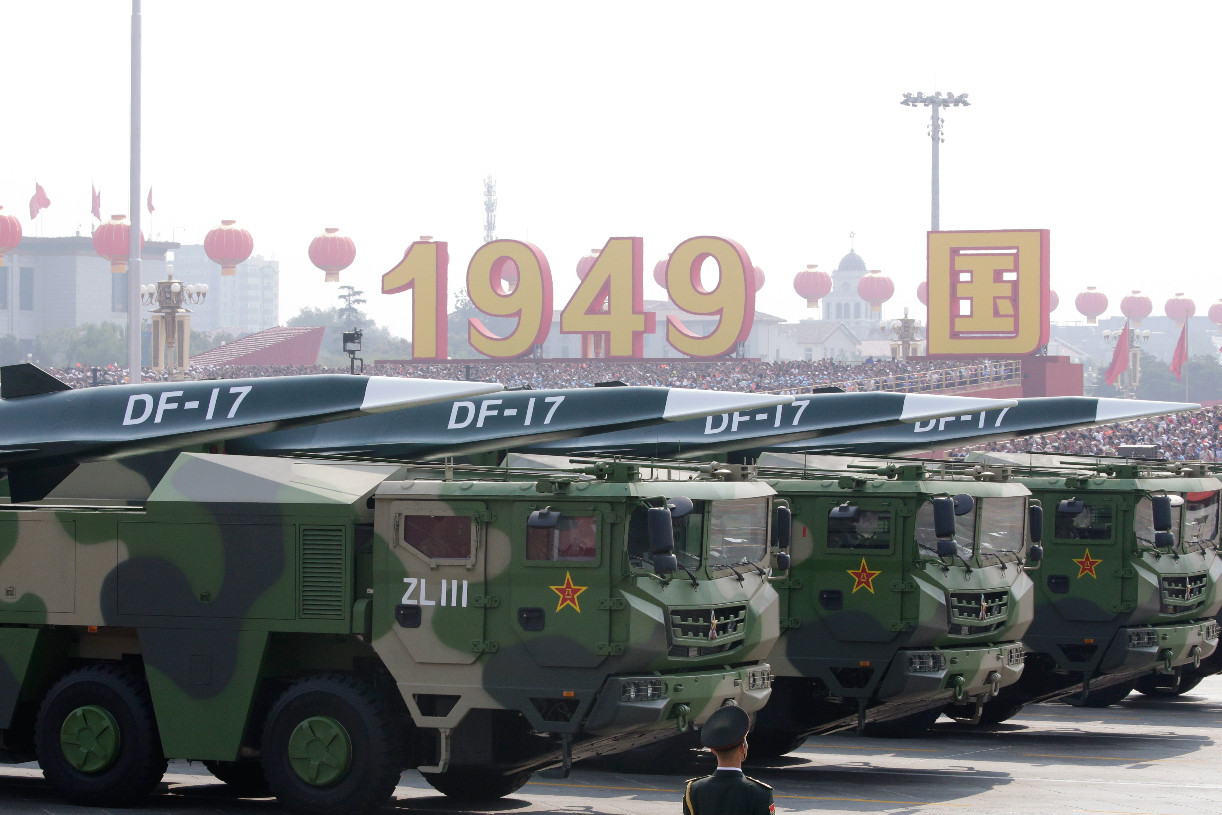SOURCE: AFI


Defense analyst Ranesh Rajan, speaking to idrw.org, has suggested that Pakistan may seek to borrow or covertly acquire hypersonic missile technology from China in its attempt to remain militarily relevant in the region. According to Rajan, this pursuit is less about building actual capabilities and more about maintaining the military’s dominance in Pakistan’s political landscape.
The prospect of Pakistan acquiring hypersonic missiles, potentially modeled after China’s DF-17, has raised concerns about regional stability. Reports last year, primarily from Pakistani media, speculated that China could equip Pakistan with DF-17 missiles to neutralize India’s S-400 air defense system, touted as a game-changing asset for Indian security.
The DF-17 is a Chinese medium-range ballistic missile equipped with a hypersonic glide vehicle (HGV), capable of achieving speeds exceeding Mach 5. With its low-altitude trajectory and maneuverability, the DF-17 can bypass traditional missile defense systems, making it a formidable asset in modern warfare.
Pakistan’s military, always seeking to maintain strategic parity with India, is likely to view the acquisition of hypersonic capabilities as a countermeasure against India’s growing arsenal of advanced air defense systems, including the S-400 Triumf.
Rajan points out that Pakistan’s indigenous defense research and development capabilities remain limited. Therefore, any hypersonic program would likely depend on direct Chinese assistance or reverse-engineering efforts, as seen in Pakistan’s previous attempts to develop missile and nuclear technologies.
The Pakistani military’s drive to acquire hypersonic missiles is as much about politics as it is about defense. By showcasing advanced weaponry, the military seeks to reinforce its position as a dominant force in Pakistan’s political landscape, diverting attention from economic and governance challenges.
Pakistan views India’s S-400 air defense system as a significant threat. Hypersonic missiles, with their ability to evade traditional defenses, are seen as a potential equalizer. However, whether Pakistan could successfully operationalize such a capability remains in question.
While Pakistan’s ambition to acquire hypersonic missiles may stem from its strategic rivalry with India, its dependence on external assistance—primarily from China—highlights its limited indigenous capabilities. Whether Pakistan can operationalize such weapons remains uncertain, but the potential introduction of hypersonic systems into its arsenal could significantly alter the security calculus in South Asia.